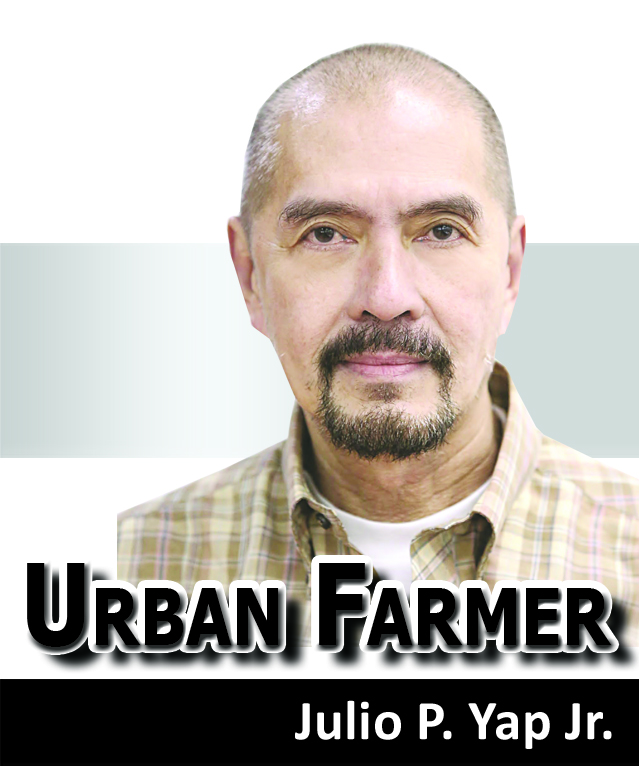 BY YEAR 2020, the worldwide demand for cocoa is estimated to reach between 4.7 million and 5 million metric tons (MT) by 2020.
BY YEAR 2020, the worldwide demand for cocoa is estimated to reach between 4.7 million and 5 million metric tons (MT) by 2020.
A cocoa global shortage, however, has been predicted at about one million metric tons for the same period.
In the Philippines alone, the local consumption was estimated at 50,000 MT every year, and the local supply is only around 10,000 MT.
Cocoa is the seed of the cacao tree which contains a lot of fat, and is used to produce cocoa butter, where it is then used to produce chocolate.
Aside from producing chocolate, cacao is now used in the processing of food, beverage, cosmetics, and even pharmaceuticals.
To avoid the impending deficit, the country is compelled to produce at least 100,000 MT of fermented beans for the export and domestic markets by 2020.
To boost the country’s production of cocoa, a technology diffusion platform was held to promote the cacao industry in the country.
Called the Farms and Industry Encounters through the Science and Technology Agenda (FIESTA), the event provides technology, information, and knowledge on cacao production.
It also aims to inspire businesses that use its by-products, such as the cacao fermented beans and cacao tablea, for the interest of the micro, small, and medium enterprises in the country.
The Davao City-based Southern Mindanao Agriculture, Aquatic and Natural Resources Research and Development Consortium (SMAARRDEC) spearheaded the recent two-day activity which was held in Mati City, Davao Oriental.
Aside from production concerns, the event dubbed “Wow! FIESTA Cacao sa Dabaw 2018” also aimed to improve the visibility and marketability of technologies generated for the cacao products by matching them with potential markets, processors, investors, and the local consumers.
During the opening ceremony, Department of Science and Technology-Philippine Council for Agriculture, Aquatic and Natural Resources Research and Development (DOST-PCAARRD) deputy executive director for administration, resource management and support services (officer-in-charge) Dr. Melvin B. Carlos served as the “Gong Man” who signalled the official opening of the event, at the same time, delivered the message of PCAARRD acting executive director Dr. Reynaldo V. Ebora.
The event tackled vital issues and concerns on production such as the Science and Technology Community-based Farm on Improved Integrated Crop Management Practices for Cacao Rehabilitation in Mati City, Davao Oriental; Cacao Production Protocol and Crop Maintenance; and Growing Cacao amidst Climate Change.
For the commercialization and marketing side, the topics covered Local and International Marketing of Cacao and Price Volatility.
A farm tour was also conducted at the Mayo & Macatora Organic Farm, a science and technology community-based farm collaborator.
During the event, the DOST-PCAARRD presented its frontline services, biological-based approaches for cacao pest management, and a video about the Cacao Industry Strategic S&T Plan (ISP).
PCAARRD also provided flyers on basic information on cacao, dubbed “nature’s brown gold,” and cacao pest and disease management.
The event was held in Davao Oriental to highlight its niche for having the highest total area planted with cacao, which was recorded at 6,920 hectares of cacao plantation. (jaypeeyap@ymail.com/PN)


